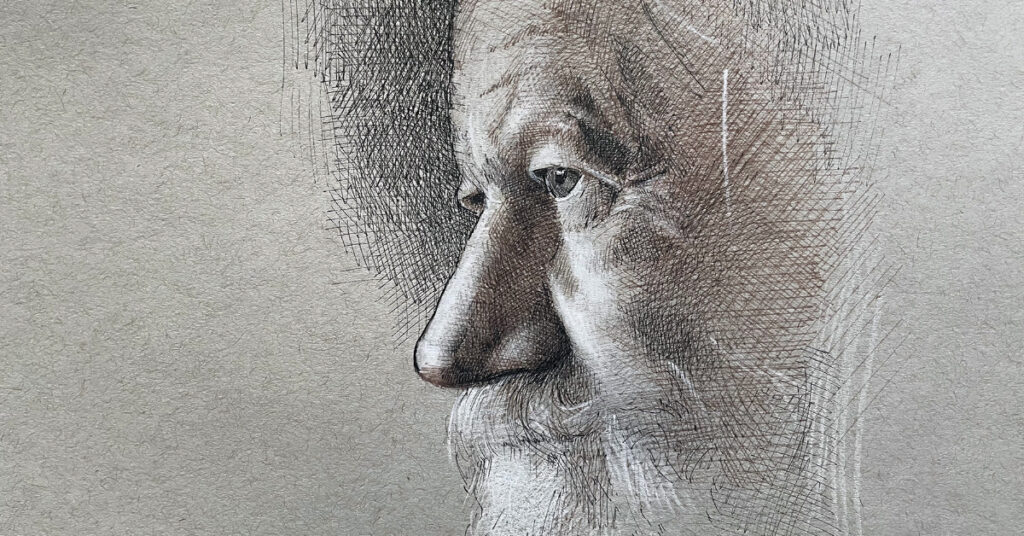Drawing Shadows and Light: The Basics

Beginner Drawing Tutorial on Shadows and Light Shapes
An object is almost never in simply light and shade. Rather, it is usually in an environment in which light is bouncing around in several directions. For this reason, it is important for beginners to understand the nature of shadows and light.

Forms of Shadow and Light
Artists refer to six basic concepts when describing the behavior of light on a form, listed here in order of brightness: highlight, direct light, reflected light, shadow, core shadow and cast shadow.

The Lights
Highlight refers to the bright reflection that occurs where the light directly hits the form. If the surface is irregular, the highlight may be at the crest of the surface in direct light.
If the surface has a protuberance somewhere else in direct light, the highlight may be on the protuberance in the area closest to the light source.
Highlights are usually small and intense spots of near-white. The highlight is NEVER at a 90-degree angle to the light source, but rather between that angle and where the artist’s line of vision hits the object.
This is important to understand because assuming that a highlight simply indicates the direction of a light source will result in a misleading rendering of the shadows.
Direct light refers to any area on the form that directly receives light from the light source. Contrast this with reflected light.
Reflected light, or bounced light, is light on the dark side of the form that has been reflected onto the form by adjacent surfaces. For example, the shadow side of a sphere is slightly illuminated by light bouncing off the floor and onto this side of the object. The color of the object is often most true in this area because direct light can wash out local color.
Without reflected light, all the viewer would see is the lit side, resulting in an unconvincing image. Reflected light rounds the form. It is never darker than a cast shadow or lighter than the shadow area that appears on the periphery of the area in direct light.
The Shadows
The shadow area is all area not in direct light. Part of the shadow area is illuminated by reflected light. Another part of the shadow area is the core shadow.
Core shadow, or terminator, is the darkest dark on the form, and it appears as a line or plane parallel to the light source, benefiting from neither direct light nor reflected light.

Cast shadow is the shadowed area on adjacent surfaces where the direct light is blocked by the form. It is darker than the core shadow. Its edges are clearly delineated where it is closest to the form, and softer as it stretches away from the form. The shadow is darkest where it is closest to the form.
Lighting Complications
Of course, if there is more than one light source, all of the above is modified significantly because shadows and light will interfere with each other! And remember, if the artist is confused about the light and shadow, the viewer will assuredly be as well.
Also, keep in mind that a light sky will act as a secondary, subtle source of light in addition to the sun (or moon). The sky, which is reflected light from the sun, reflects light in turn upon any object beneath it. When a shadow area outside seems bluish, it is because the area is getting its primary light from the blue sky.
Article contributions by Bob Bahr.





Have a technical question?
Contact UsJoin the Conversation!